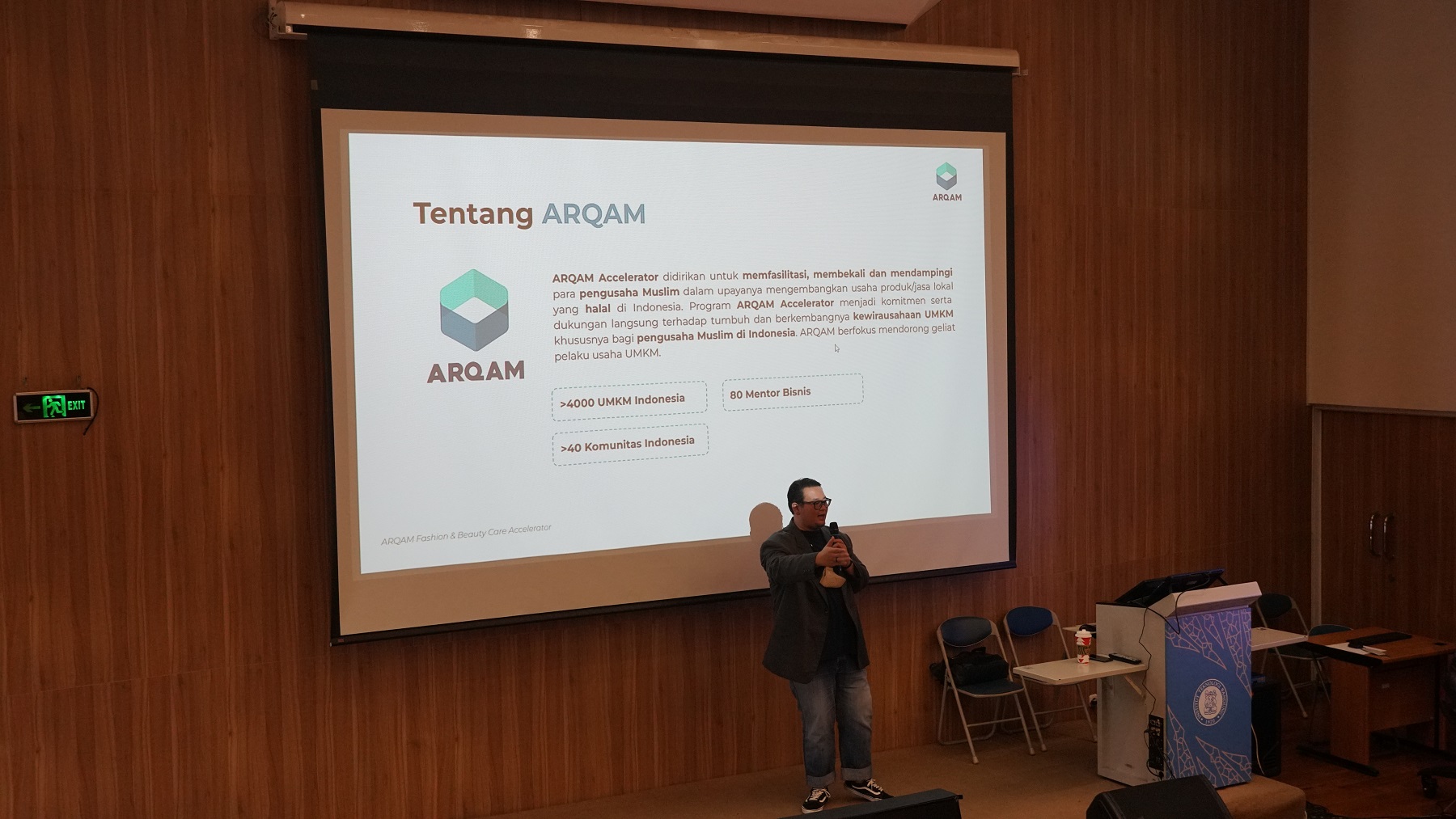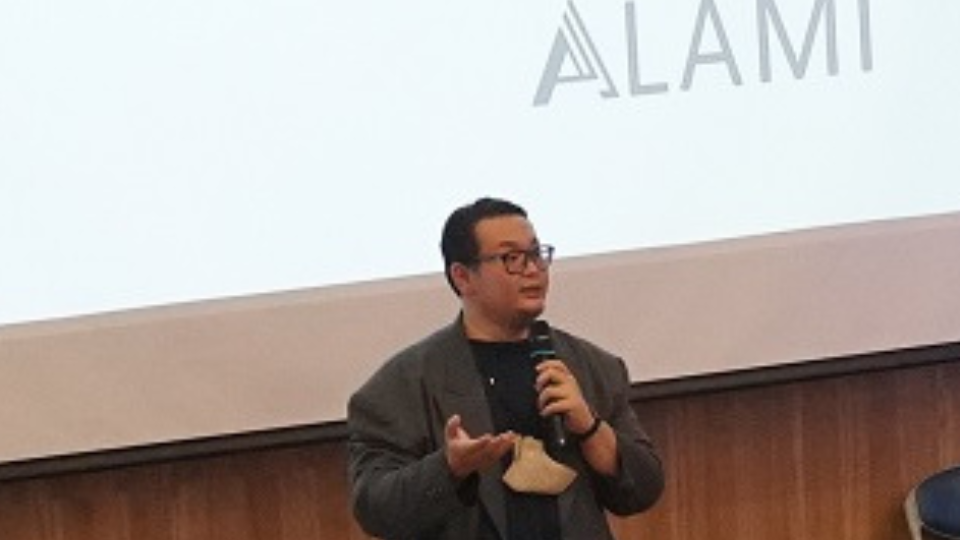In the book The Art of Pitch, Peter Coughter says that “When we are selling our ideas, the audience must first buy us.” On a sunny Friday morning, November 18, 2022, SBM ITB invited Riszki Ramadhan, an investor, and the External Relations Arqam Manager ALAMI, to discuss business pitching strategies to investors.
According to Riszki, before pitching, there are some practical rules that every businessman must understand: starting small to ensure a proven and successful business model, analyze market details (deep analysis), and product validation.
“No need for pitch, no need for investors,” said Riszki. “Creating a business isn’t about creating revenue; it’s about creating solutions.”
According to Riszki, the types of business investors are varied, ranging from banks, angel investors, peer-to-peer lenders, venture capitalists, and private investors.
“Initially, just choose two types of investors, angel investors or personal investors,” he said.
The difference between angel investors and private investors can be seen in their relationship. Angel investors are usually not people we know very well but are interested in our ideas. While private investors are people who have close relationships with us.
To have relationships with different types of investors, you must connect with investors.
“Spread your story, introduce yourself. Don’t make up stories, show them a true story,” he said.

Ways that can be done to have a relationship with investors are by learning and getting to know them, sending warm introductory emails, joining an entrepreneurial incubator/accelerator/community, attending many online or offline networking sessions, and getting introductory references.
At the end of the lecture, Riszki Ramadhan explained what investors expected. First, a business idea that solve one problem for one customer, with one product, one best feature and one revenue stream. Second is having the best team. The third is the product. The fourth is data presentation. The fifth is showing financial desire with a short-term roadmap (12-18 months) and making projections on the outlook for the 2nd year. Finally, it is the demand for funds, including the use of funds, the equity offered, and the structure of the company’s shareholders.






